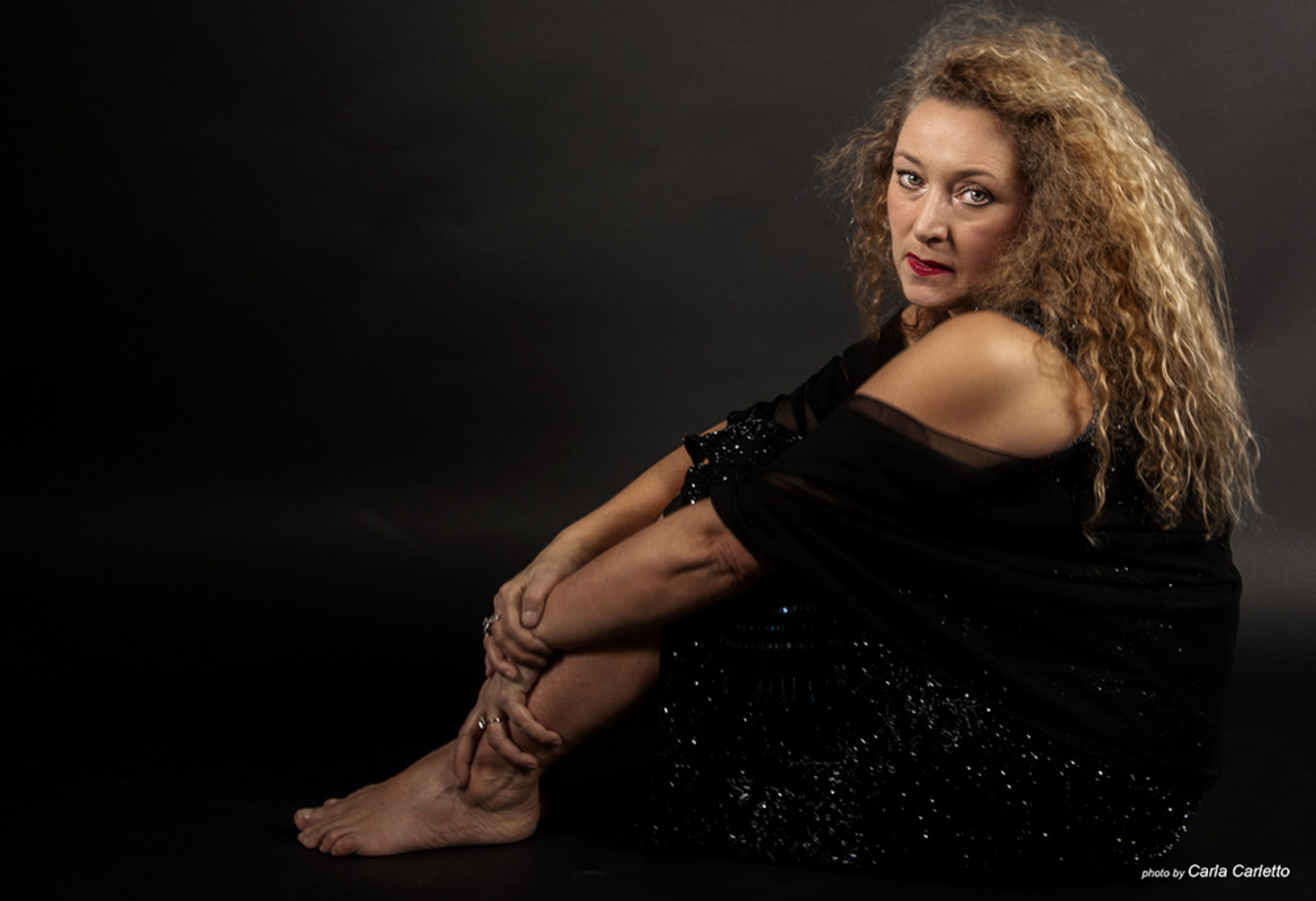A cura di: Dott. Roberto Moretto
Vedere ciò che non si vuol guardare.
Entrare nel buio, il luogo degli incubi e dei mostri, per rompere l’abitudine alla negazione.
Affrontare un’angoscia ancestrale che impedisce di intervenire e denunciare.
Tutto questo in uno scatto.
L’uso della macchina fotografica dà la responsabilità di interpretare la realtà, perché inevitabilmente porta al luogo dello scatto; quel punto di visione unico dove vi è la sintesi tra il soggettivo, l’interno e il mondo, l’esterno.
Questo strumento impone l’uso di un’ottica, di un obbiettivo e non permette di essere neutrale.
L’occhio che guarda e coglie l’immagine, si contrappone alla bocca che possiede e divora l’oggetto del desiderio al fine di averlo tutto e inglobarlo.
La foto si accontenta di una parte per il tutto.
Il dettaglio, non il tutto, permette il simbolico e satura il desiderio.
Come Caravaggio nella Morte della Vergine “havea fatto con poco decoro la Madonna gonfia e con le gambe scoperte, per cui la tela fu levata via, Baglione(1642)”, così Carla Carletto ritrae donne nere di lividi come avvolte nel nero di una notte.
Donne che danno scandalo.
La drammatizzazione nell’immagine non risolve il dramma nella vita, non produce catarsi.
L’immagine non vuole fornire una risposta ma continua a porre una domanda:
PERCHE’?
Edited by: Dr. Roberto Moretto
See what you do not want to watch.
Enter the darkness, a place of nightmares and monsters, to break the habit of denial.
Confront the ancestral angst that stops you from intervening and denouncing.
All this in one click.
Using a camera gives you a responsibility to interpret reality, because it inevitably transports you to where the photo was shot; a unique point of view where the subjective,the internal meets the world, the external.
A camera requires the use of a viewfinder and a lens, through which you cannot remain neutral.
The eye that looks and captures the image is the opposite of the mouth that owns and devours its object of desire, to possess and it engulf it all.
The photo settles for a part instead of the whole.
It is in the detail, not the whole, that symbolism can be found and desires satisfied.
As Caravaggio, in his Death of the Virgin,”showed the Madonna with little decorum, swollen, with bare legs, leading to the removal [of the canvas],”so Carla Carletto portrays women black with bruises, as though shrouded in the black of night.
Women of ill repute.
The dramatisation in the image does not resolve the drama of life, there is no catharsis.
The image does not answer and continues to ask:
